

Discover more from AutoMarketplace
🔓 TLC Can End NYC Uber & Lyft Driver Lockouts
New Massachusetts driver min. pay rules *do not* incorporate utilization rate (UR). UR is being blamed for NYC driver "lockouts", not per mile & minute rates. TLC needs to drop UR to end lockouts ASAP
Massachusetts recently passed new pay protections for Uber and Lyft drivers that set minimum pay rate-equivalent of $32.50 per hour
Decision is an example of another region that has created minimum pay rules for 1099 “gig” workers who usually don’t want to be classified as W2 employees
Outside of NYC, Washington State, California, Minnesota, New York State (ex-NYC) and now Massachusetts, have created rideshare driver minimum pay rules
It appears New York City remains only jurisdiction that uses concept of utilization rate (UR) in addition to driver minimum pay rates, although regulator also has unique ability to limit number of for-hire vehicles (FHVs)
TLC must abandon use of UR to immediately end NYC driver “lockouts”
Massachusetts Attorney General Andrea Joy Campbell recently announced a major settlement with Uber and Lyft that establishes new minimum pay rules and benefits for the state’s Uber and Lyft drivers.
“Drivers receive a minimum of $32.50 per hour for time spent traveling to pick up riders and transporting them to their destination, adjusted annually for inflation, ensuring for the first time that the tens of thousands of Uber and Lyft drivers in Massachusetts will be guaranteed minimum pay.”
- Commonwealth of Massachusetts, Office of the Attorney General (June 27, 2024)
The settlement also confirms the legality of Uber and Lyft classifying their, often overlapping, driver bases as 1099 independent contractors, not W2 employees in Massachusetts. In the press release there is no mention of a “utilization rate” (UR) requirement that Uber and Lyft have to follow.
Another way to explain UR, is it forces Uber, Lyft, or any future scaled rideshare company, to pay for a driver’s idle time, while they are logged into their app. In Massachusetts, including Boston, where a City or regulator cannot effectively control for-hire driver or vehicle supply, incorporating a UR requirement into a minimum pay formula, would have caused thousands of Massachusetts rideshare drivers to lose their ability to access Uber and Lyft (“lockouts”).
This is an uncontroversial statement and observation.


The announcement is very similar to New York State’s 2023 settlement with Uber and Lyft when Attorney General (AG) Letitia James announced a historic backpay settlement, new rideshare driver benefits (i.e., sick leave, deactivation protection) and a minimum earnings standard of $26 per hour for engaged time (the time a driver accepts a ride through to when the driver completes it), adjusted over time for inflation. To be clear, New York State’s announcement also makes no mention of a “utilization rate” (UR) requirement that Uber and Lyft have to follow.
Outside of the backpay settlement, last year’s New York AG settlement had a more meaningful impact on New York State rideshare drivers vs. commercially-licensed TLC drivers working in NYC’s five boroughs.
Given NYC’s unique status as America’s largest city and its most densely populated, the City’s for-hire transportation industry is also directly governed by its own regulator, the NYC Taxi & Limousine Commission (NYC TLC).
NYC Is Unique, That Is *Why* UR Is Not Needed
NYC’s for-hire transportation industry is very different from other American cities (i.e., congestion considerations, insurance requirements, history of taxi medallion system) and other population centers in New York State. NYC’s for-hire transport market is also uniquely lucrative with a total spend in the billions 💰. We generally agree the Mayor, TLC and City Council should have direct oversight of the City’s for-hire transportation marketplace.
For example, the amount of money a driver needs to earn in NYC to make a living wage is going to be much different then what a, often non-commercially licensed, “rideshare” driver needs to make in Los Angeles, Seattle, Minneapolis, Chicago, Houston, Boston, Miami. etc. or other cities in New York State like Albany, Syracuse, Rochester or Buffalo.
For the record, as with many things, NYC is often a leader in setting regulations that the rest of the country, including New York State, then follows. Indeed, NYC was the nation’s first municipality to officially implement an “Uber and Lyft” driver minimum pay standard in 2019.
Seattle, following in NYC’s footsteps, enacted its own driver minimum pay rules in 2020. Other jurisdictions also followed suit, including California, New York State (outside of NYC), Washington State, Minnesota and now Massachusetts, as noted above. Note, Washington State, where Seattle is located, rideshare (“TNC”) driver minimum pay rules appear to have replaced Seattle’s original rules that might have used a UR metric. If our understanding about Seattle is incorrect, please let us know.
🤔🤔🤔🤔
The obvious question to ask is why does NYC seem to be the only place where driver “lockouts” are occurring? It’s clearly not the only place that has driver minimum pay rules.
Why aren’t Uber and Lyft driver lockouts happening in LA, San Francisco, Seattle, Minneapolis or Boston?
🤔🤔🤔🤔
Obviously, we’re not experts about how things are playing out in other places, but if you Google “Seattle Uber Lyft driver lockouts”, nothing analogous to the lockouts that NYC TLC drivers are currently facing, shows up. If you conduct the same search on YouTube, stories about NYC driver lockouts actually appear near the top of the search results! How is it that drivers in other regions with minimum pay protections, that don’t even have the TLC’s ability to control the supply of for-hire vehicles, are not facing mass driver “lockouts”?
The simple answer is, in our opinion, NYC using a utilization rate (UR) in its driver minimum pay formula. We continue to urge the TLC to drop UR as a regulatory metric and instead focus on its unique ability to control for-hire driver and vehicle supply.
Article continues after advertisement
NYC TLC Can Control FHV & Driver “Supply”
Let's start with why the NYC taxi medallion 🚕 still has value when almost every other city's taxi medallion is essentially worthless now. Does anyone want to buy a Boston taxi medallion anymore? Chicago taxi medallion? San Francisco taxi medallion? The NYC taxi medallion has survived, and we believe will recover, because the City capped the number of for-hire vehicles (excluding wheelchair accessible vehicles (WAVs)) in the summer of 2018 and basically stuck with this “TLC Plate Cap”, until 2023.
This is the main reason why the NYC yellow cab medallion didn’t become a sub-$50,000 asset, that would have primarily derived some value from its exclusive street hail rights and ability to pickup at JFK and LaGuardia curbsides.
Unlike any other municipality in North America, although Canadian metropolis Toronto is considering an FHV cap of its own, NYC has the ability to control the total number of for-hire vehicle licenses (“TLC Plates” and taxi medallions) that can exist on its streets. It can regulate the vehicle supply Uber and Lyft have access to. No other market in the US was able to do this 👏👏👏. New York City, once again, was a leader and saved (yes, took too long) its iconic yellow cab industry!
Our readers will know we’ve made this point countless times, but if you properly control the number of drivers and vehicles (“supply”) who can service trips (“demand”), what do you think happens? This is basic economics. This is why the taxi medallion system was created in the first place. To protect driver earnings!
Do not confuse debt-driven financial speculation that occurred when fleets and individuals were betting taxi medallion prices would go to infinity with the medallion system, in of itself, being flawed. Again, think about why the taxi medallion system was created in the late 1930s? Why does NYC limit how many stories a building can rise (“air rights”)? Many well-intentioned driver advocates, notably the Independent Drivers Guild (IDG), with the encouragement of the TLC, celebrated the reinstatement of the EV exemption to the FHV License Pause in October 2023. In fact, TLC is still trying to justify the policy in court and IDG wants to help them🤷?
Now, IDG is saying “Don’t F&@k With Us?”. Now, TLC Chair David Do is putting the blame of driver lockouts on Uber and Lyft? Is this a joke? Where is the accountability for such disastrous policymaking and support of such bad policy? The TLC allowed over 10,000 FHVs onto City streets in 2023 alone? 10,000+ FHVs in a year?!
The TLC has clearly allowed City streets to become oversaturated with for-hire vehicle supply. Uber and Lyft also bear some responsibility in supporting the release of so many new FHV Licenses (TLC Plates), but ultimately these companies knew such policy would strengthen their relative market position. If you game it out, such policy benefits companies that control trip “demand”, but don’t need to own any vehicles or directly employ drivers. The more supply of vehicles and drivers Uber and Lyft can access, the better for them💡.
Uber and Lyft, once again, are the “smartest people in the room”, and the TLC and many drivers, once again, have been outsmarted. Aren’t people getting sick of losing? Of constantly being on defense?
We do feel some sympathy for IDG and other driver advocates, as they might not have been able to game this all out, although their leadership needs to get better at this. However, we understand many of these driver advocates are busy trying to make ends meet, so their advocacy is more understandable, driven by the frustration of working class life in a City that’s become increasingly unaffordable. They will fight for maximum IDG member benefit, even if it means other sectors suffer, including yellow cab drivers and taxi medallion prices. Frankly, IDG does not care if the taxi medallion goes to $0, this is clear.
For the TLC, the regulator whose responsibility is to protect drivers and be balanced in policymaking, we have close to no sympathy.
How Does This Relate To Ending Lockouts?
Again, make a simple observation and ask a simple question.
If Washington State, California, Minnesota, New York State (outside of NYC) and Massachusetts all have driver minimum pay rules, how does one explain why those markets rideshare drivers aren’t subject to mass driver “lockouts”?
Furthermore, the NYC TLC has the unique ability to limit the for-hire vehicle supply Uber and Lyft can access, in a way those states and other municipalities cannot.
The inability to effectively limit the vehicle and driver supply Uber and Lyft can access in other jurisdictions will often explain why even with minimum pay protections, some drivers in those places are still struggling to make a decent living. NYC has already solved this problem, they just need to enforce pre-existing rules and regulations!
If the TLC wants to end driver lockouts tomorrow, it can.
Drop UR, keep minimum per mile and per minute rates, and enforce the FHV License Pause (TLC Plate Cap). Also consider limiting how many NYC TLC driver licenses can be issued.






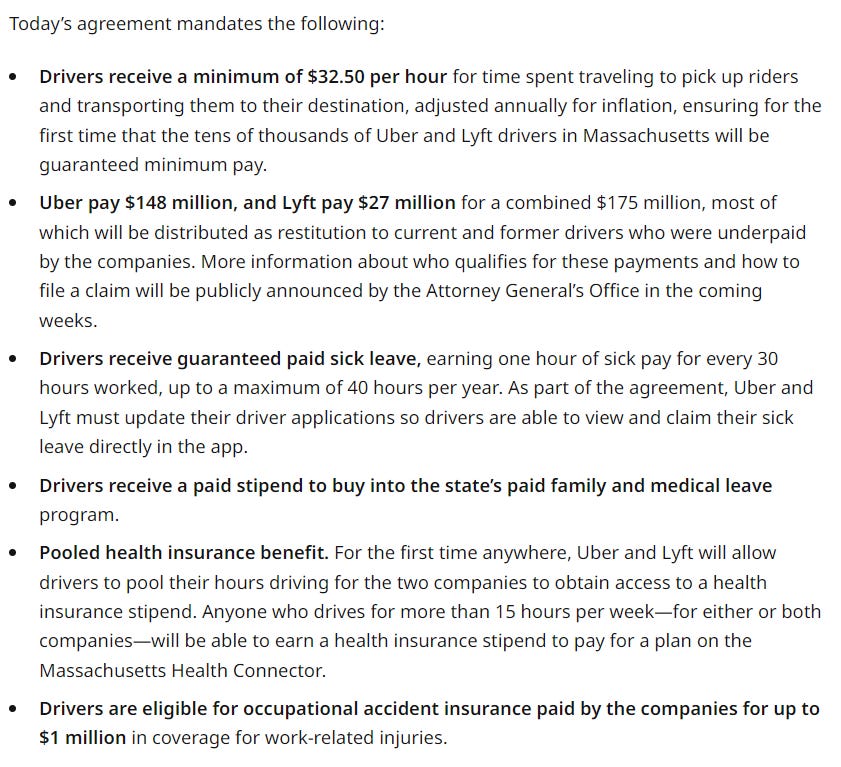
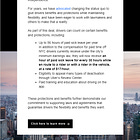
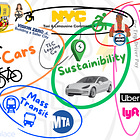

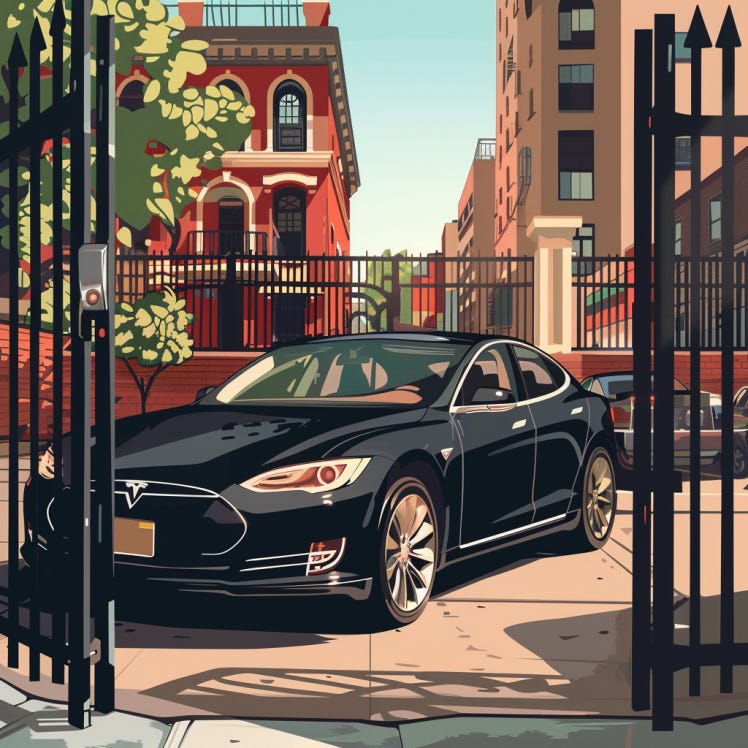




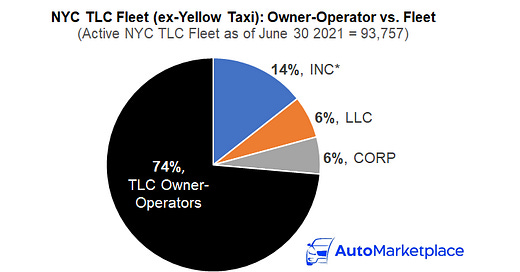



TLC needs to do something asap because this is unsustainable at this point in time. Drivers are spending 12-18hours on the road and at the same time looking at up to 50% LESS money
I hope TLC pulls up there big boy pants and make the right decision as a regulator and end the UR so ppl can make money living in this city where for a studio apartment is $2500 - 3500 a month let alone a 2 or 3 bedroom. If non regulatory ppl can read the tea leaves what's the deal with the commissioner? Makes me wonder what/who his allegiance to if any. Crazy how simple something is to rectify but made difficult by the commissioner(s) not making the decision. Unless I'm missing something. 🤷🏾♂️